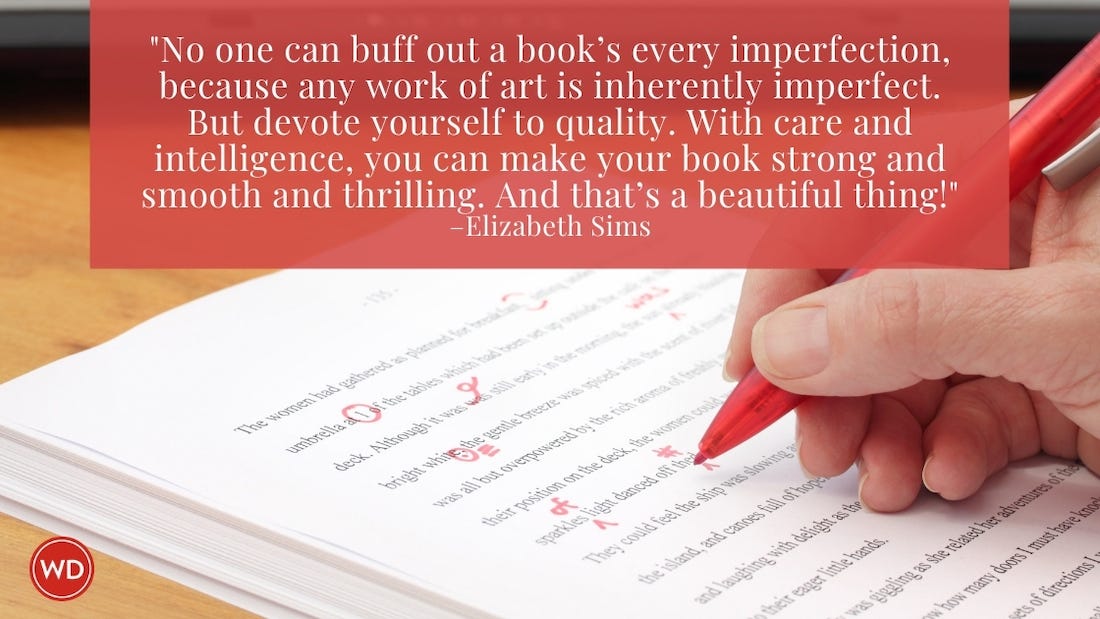Scene Structure: How to Write Turning Points
Are you in the middle of writing your story and wondering how to write a scene that indicates a turning point? Learn about turning points and how to show them…
Are you in the middle of writing your story and wondering how to write a scene that indicates a turning point? Learn about turning points and how to show them within your story from Laurie Alberts, author of Showing & Telling.
Turning points in the action or the character’s emotions must be rendered in scenes rather than summary. Can you imagine Rhett Butler’s famous line “Frankly, my dear, I don’t give a damn,” in Gone With the Wind relayed in summary instead of in the vivid scene in which Scarlett finally decides she loves him but Rhett has had enough and walks out on her?
In Herman Melville’s classic story “Bartleby the Scrivener,” a lot of initial summary describes the members of the narrator’s office, but when the narrator asks his (until this point accommodating) clerk, Bartleby, to do some copying, and Bartleby shakes the narrator’s little world by saying “I would prefer not to,” a scene conveys this turning point. After Bartleby’s refusal, the story has changed direction.
Turning points can be shown via actions, as when the teenage girl alone in her family’s house in Joyce Carol Oates’s story “Where Are You Going, Where Have You Been?” walks out the door to join the terrifying stalker Arnold Friend.
Turning points can occur without direct confrontation. A turning point scene might be wholly internal, as when it leads up to a character making an important decision or coming to see the truth about a situation without necessarily voicing that awareness. If Sally gets called to the principal’s office and is reprimanded and put on probation, and while the principal is chastising her she decides to quit her job, this would be a turning point. There’s been no open confrontation (though there’s plenty of conflict), Sally has said nothing, but the event has led to her decision to quit—that’s a turning point scene.
Think about what point in your narrative your protagonist or narrator reaches a turning point. Your turning point scene—and it must be a scene, not a summary—can show this change in the character’s life or consciousness through thoughts, action, or dialogue. But it must grow naturally out of what comes before so that the turning point is credible. In other words, if you’re going to show a girl walking out of her house to join a scary stalker, you better have already shown us that this stalker has, through terror and threats of reprisals on her family, broken this girl’s will. You want your readers to believe in the turning point, and they won’t if it comes out of thin air.
This excerpt is from Showing & Telling by Laurie Alberts. Buy this book and discover:
- The purposes of scenes
- Five types of scenes—flashback, suspense, resolution, conflict, and ones that introduce character
- How to write the beginning, middle, and end of a scene
- Practice exercises for writing scenes
- What summary is and how to use it to set up a scene








